Working out at the gym is deeper than it first seems as working out isn’t just about your muscle, it’s about your brain too. A successful workout mostly comes down to around 50% brain and 50% brawn, as do many things in life. The very fact that your brain commands your muscles should make this clearer and this is just the tip of the iceberg of interactions our mind and body have, and we are so unaware of.
The term sports psychology boils down to a person’s proficiency to use psychological knowledge and physical skills to address and stimulate the optimal performance of athletes and gym goers. Sports psychology also deals with various social aspects of sports participation and issues associated with sports organisations and settings. In order to be a licensed sports psychologist, one must have acquired a doctoral degree in one of the main fields of psychology. Professionals providing services based on these skills contribute to the public by upholding a set of standards to guide people in their training. Many strategies and procedures are used by sports psychology proficiency to address problems faced by athletes and sports participants
Sports psychology contributes to your every move during a gym exercise, actually. for example, as you practice your lifting technique you not only strengthen your muscle but the connection between that muscle and your brain. This makes your every move quicker, reducing the delay between how fast the actions are calculated in your brain and how fast you react in the real, physical world. In a way during a gym workout, you’re training your brain as much as your muscles – and the comparison to muscle goes further than that. It also contributes to a phenomenon that’s known as ‘brain plasticity’ in psychological circles and is currently generating a lot of interest. As you strengthen these connections you actually enlarge areas of your brain.
Sports psychology studies body movements in general and it contributes to your workout as much as it can contribute to the performance of a musician. It was found that cellists have larger areas of their brain responsible for controlling and feeling the fingers. A study like this shows a correlation and so it would be possible that people with certain brain types were simply attracted to playing cello in the first place.
This is interesting for athletes and gym goers not only in an incidental fashion and it actually has practical application. Through image training, experts believe, that we are able to strengthen these pathways further. So when training makes sure you focus carefully on the movement and visualise your muscle working and the nerves firing because it will burn into your mechanical memory.
So next time when you’re in the gym remember that your body is changing shape, but so too is your brain which is just as plastic and malleable as your skeletal muscle tissue. Imagine your brain compared to its potential is likely similar to your bicep compared to Arnold Schwarzenegger’s. This is why we believe in exercise routines and trainers who will bring about that potential from our clients.


Add Comment